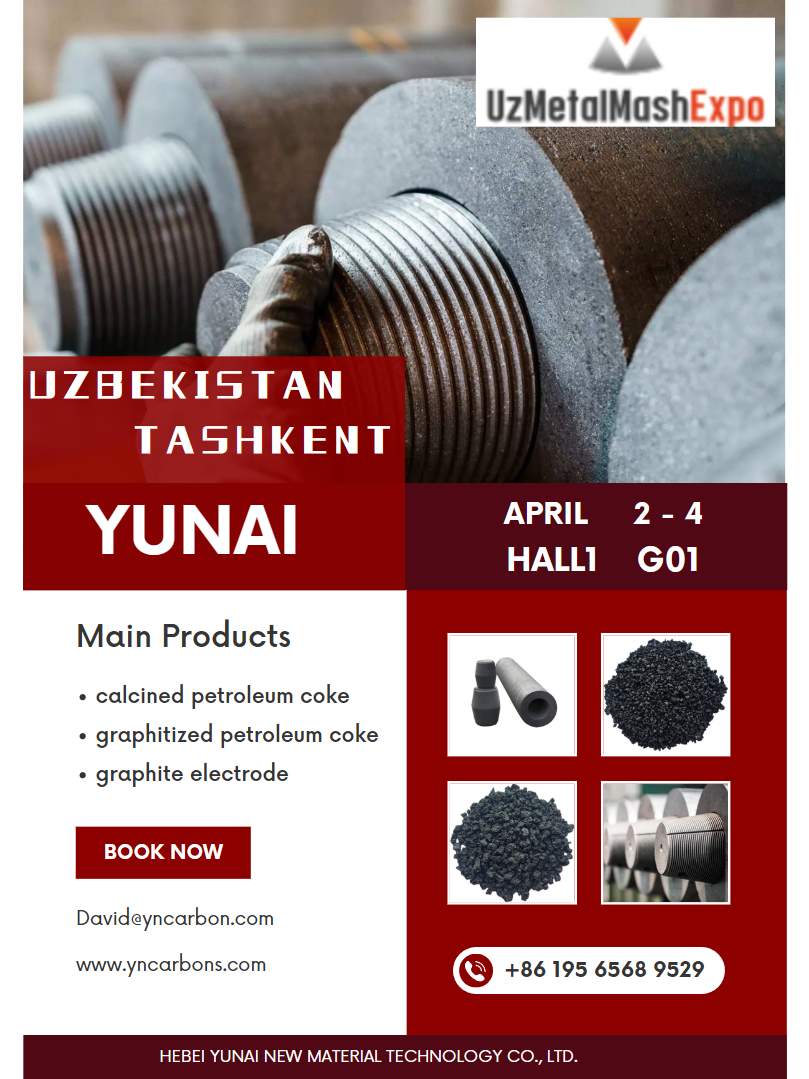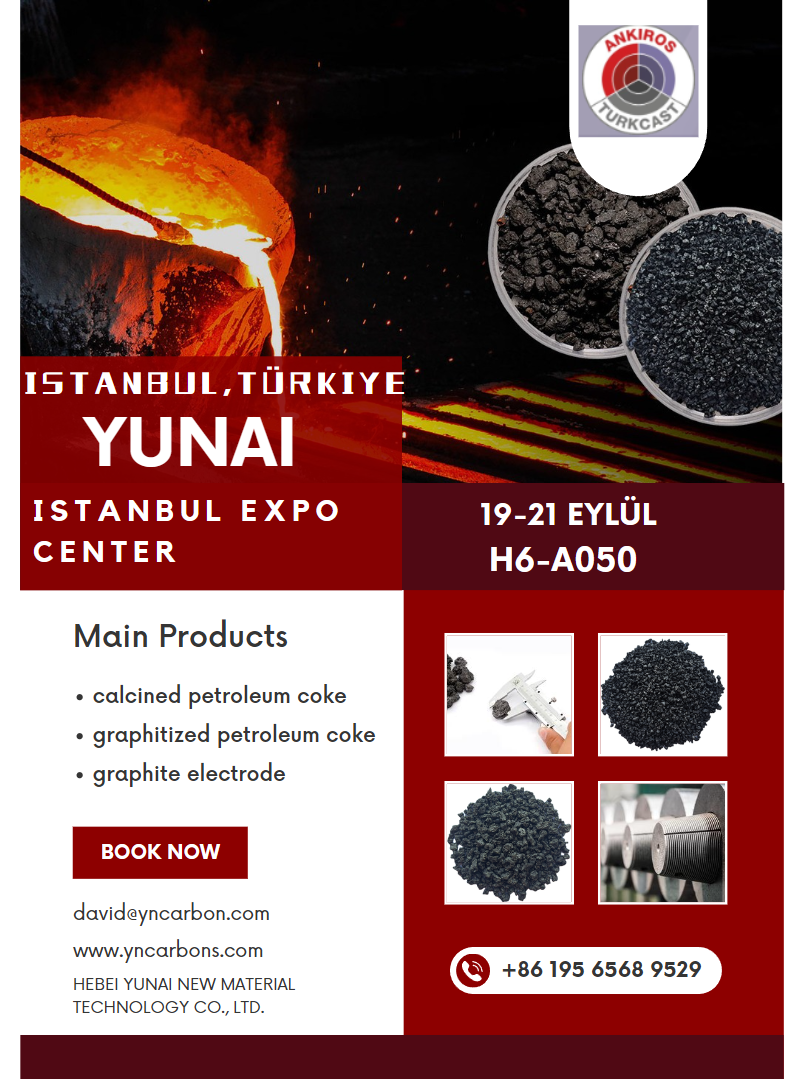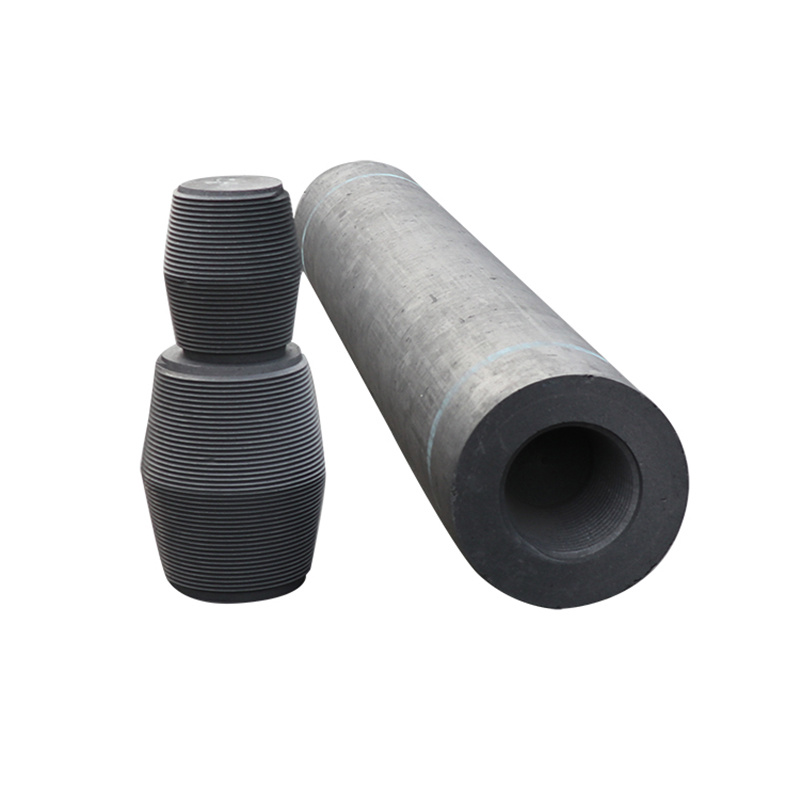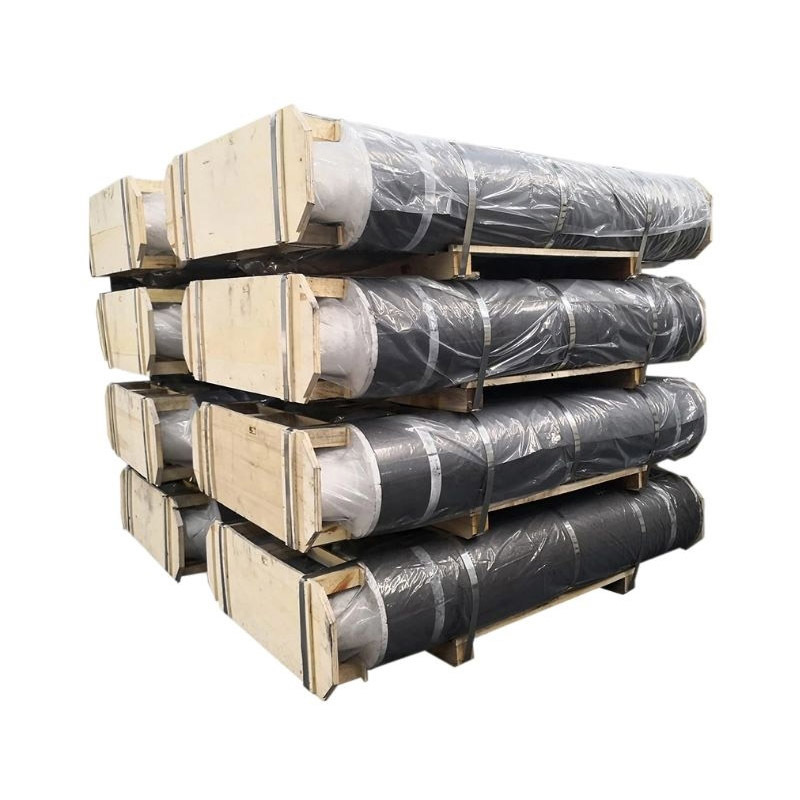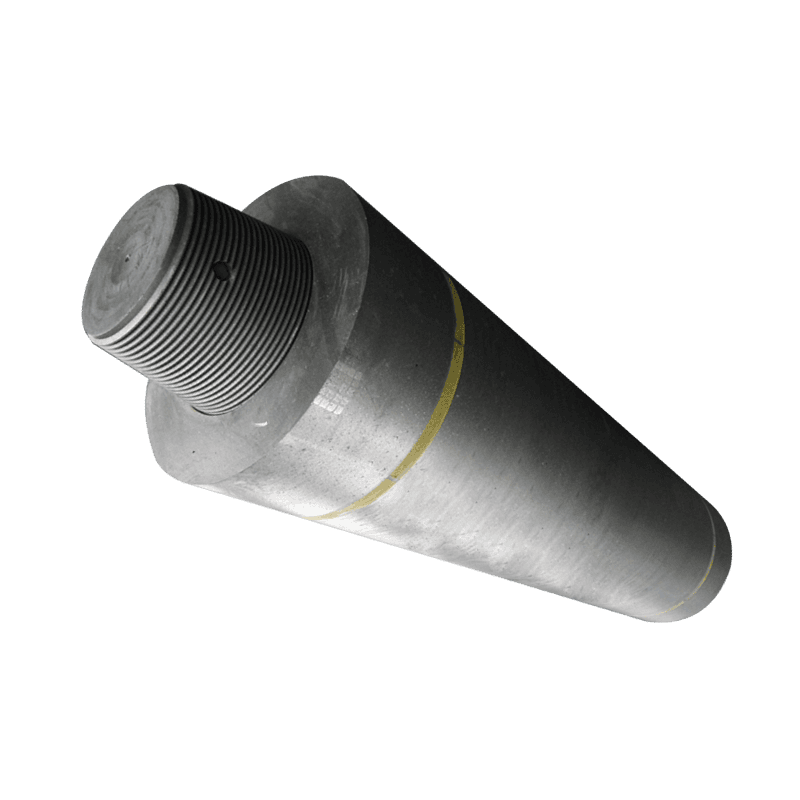Understanding Graphite Electrodes: Their Essential Role in Steel Making
Release Time:
May 20,2025
Graphite electrodes are critical components in the steel-making sector, particularly in electric arc furnaces (EAF). These electrodes serve as conduits for electric current, enabling the melting of scrap steel and other ferrous materials. The efficiency and effectiveness of the steel-making process are significantly influenced by the quality and characteristics of the graphite electrodes utilized.

Graphite electrodes are critical components in the steel-making sector, particularly in electric arc furnaces (EAF). These electrodes serve as conduits for electric current, enabling the melting of scrap steel and other ferrous materials. The efficiency and effectiveness of the steel-making process are significantly influenced by the quality and characteristics of the graphite electrodes utilized.
One of the primary advantages of graphite electrodes is their high thermal and electrical conductivity. This property allows them to transfer electric current with minimal resistance, ensuring that the melting process occurs efficiently. Additionally, graphite’s ability to withstand high temperatures makes it ideal for use in the intense heat generated during steel production. Graphite electrodes can withstand operational temperatures that may exceed 3,000 degrees Celsius, making them essential for maintaining the integrity of the furnace and the quality of the steel produced.
The manufacturing process of graphite electrodes involves the use of petroleum coke and various additives. These raw materials are subjected to high-temperature processes, which transform them into high-purity graphite. The quality of the raw materials directly impacts the performance of the electrodes. For instance, the presence of impurities can lead to increased wear and tear during operation, affecting the efficiency of the steel-making process. Therefore, sourcing high-quality materials is crucial for producers aiming to optimize their operations.
In addition to their conductive properties, graphite electrodes offer several advantages in the context of sustainability. The use of electric arc furnaces, powered by graphite electrodes, is generally more environmentally friendly than traditional blast furnace methods. This is mainly due to the lower carbon emissions associated with EAF processes. Moreover, the ability to use recycled steel in combination with graphite electrodes contributes to resource conservation and waste reduction.
When selecting graphite electrodes for steel making, several factors need consideration. These include the electrode’s diameter, length, and the specific application requirements. The choice of electrode size and type can influence the overall energy consumption and efficiency of the furnace. It is essential to align the electrode characteristics with the production goals to achieve optimal results.
In summary, graphite electrodes play a crucial role in the steel-making process, providing high conductivity, thermal stability, and environmental benefits. Understanding their properties and applications can help metallurgical professionals make informed decisions, enhancing the efficiency and sustainability of their operations. By investing in quality graphite electrodes and optimizing their use, steel manufacturers can significantly improve their production outcomes while contributing to a greener industry.
One of the primary advantages of graphite electrodes is their high thermal and electrical conductivity. This property allows them to transfer electric current with minimal resistance, ensuring that the melting process occurs efficiently. Additionally, graphite’s ability to withstand high temperatures makes it ideal for use in the intense heat generated during steel production. Graphite electrodes can withstand operational temperatures that may exceed 3,000 degrees Celsius, making them essential for maintaining the integrity of the furnace and the quality of the steel produced.
The manufacturing process of graphite electrodes involves the use of petroleum coke and various additives. These raw materials are subjected to high-temperature processes, which transform them into high-purity graphite. The quality of the raw materials directly impacts the performance of the electrodes. For instance, the presence of impurities can lead to increased wear and tear during operation, affecting the efficiency of the steel-making process. Therefore, sourcing high-quality materials is crucial for producers aiming to optimize their operations.
In addition to their conductive properties, graphite electrodes offer several advantages in the context of sustainability. The use of electric arc furnaces, powered by graphite electrodes, is generally more environmentally friendly than traditional blast furnace methods. This is mainly due to the lower carbon emissions associated with EAF processes. Moreover, the ability to use recycled steel in combination with graphite electrodes contributes to resource conservation and waste reduction.
When selecting graphite electrodes for steel making, several factors need consideration. These include the electrode’s diameter, length, and the specific application requirements. The choice of electrode size and type can influence the overall energy consumption and efficiency of the furnace. It is essential to align the electrode characteristics with the production goals to achieve optimal results.
In summary, graphite electrodes play a crucial role in the steel-making process, providing high conductivity, thermal stability, and environmental benefits. Understanding their properties and applications can help metallurgical professionals make informed decisions, enhancing the efficiency and sustainability of their operations. By investing in quality graphite electrodes and optimizing their use, steel manufacturers can significantly improve their production outcomes while contributing to a greener industry.
Keywords:
More information






